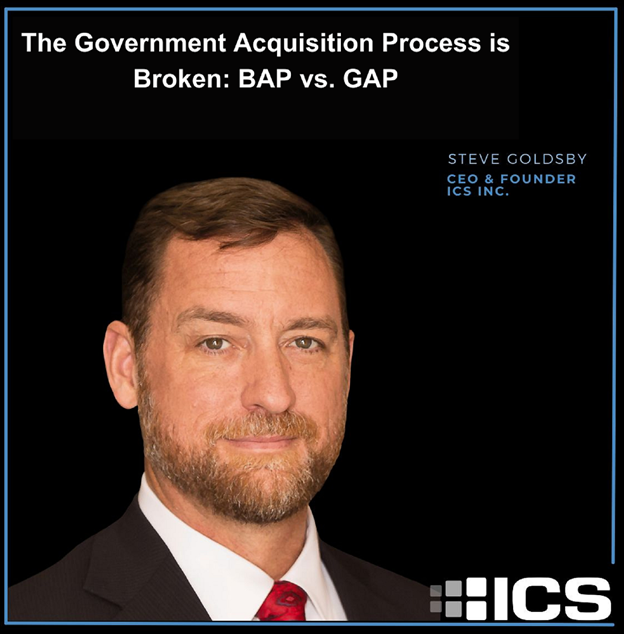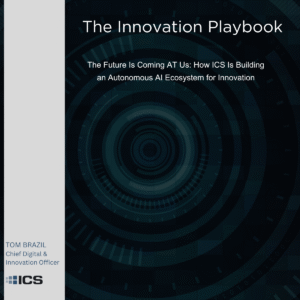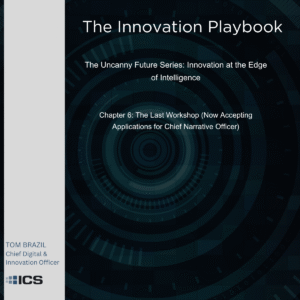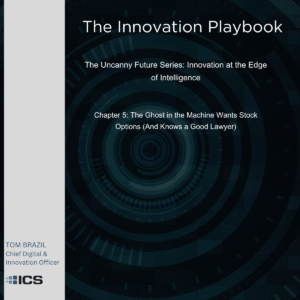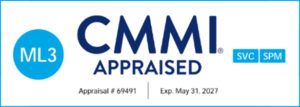Industry Business Acquisition Process vs. Government Acquisition Process
** This post is part of our series on how we can improve government/industry engagement to deliver better mission outcomes. In case you missed it, see our initial post!
Most of industry follows a standard Business Acquisition Process (BAP) for engaging with government customers on potential procurements. Think Shipley or Lohfeld. This process provides a framework for collaborative business development from initial scoping through proposal submission.
When industry identifies future requirements, most contractors follow a standard Business Acquisition Process (BAP) to engage with government customers. Understanding this process provides insights into how the government can help contractors prepare high-quality, cost-effective solutions.
The BAP may span 12-18 months before RFP release for complex acquisitions like enterprise IT systems. This extended timeframe allows contractors to thoroughly evaluate requirements, assess capabilities, develop potential solutions, and assemble optimized teams.
For more commodity services, the BAP may be 3-6 months. Advanced engagement helps contractors shape responsive solutions for more straightforward requirements versus hastily modifying standard offerings.
Throughout this process, companies determine whether to continue or cancel (keep/kill) a pursuit based on fit and probability of a win (pWin). Killing opportunities early in the BAP prevents industry from wasting precious resources bidding on solicitations that are not a good fit. Bidding on complex contracts can incur over $200,000 in expenses (0.5% to 1% of TCV is a common budget). Commodity requirements may require 3-6 months to capture effectively. If acquisition details are not released until the Request for Proposal, contractors have insufficient time to rigorously evaluate requirements, develop solutions, and recruit personnel. This problem is exacerbated when multiple proposals are under development simultaneously. Small Business offers are often over 30% of an agency’s total procurement spend. They cannot afford to gamble those dollars.
While lengthy BAP timelines may seem excessive to government acquisition teams, this deliberate process allows industry to provide maximum value. The government can enable success by providing insights into requirements and answering contractor questions early in the process. This mutually beneficial engagement helps contractors craft and tailor solutions that precisely meet customer needs.
Shortened government acquisition cycles leave insufficient time for contractors to complete essential BAP activities. However, reasonable visibility and collaboration early on helps contractors invest resources wisely for optimal solutions.
This compressed timeframe forces contractors into a rushed, reactive mode. The proposals and teams assembled may not fully match program needs. With more advanced engagement on requirements, contractors can thoroughly analyze requirements and collaboratively solution with the government and assemble top-tier teams. Earlier industry engagement provides better acquisition packages, increased competition, and optimized mission results after contract award. Costs are reduced through reduced risk to industry.


